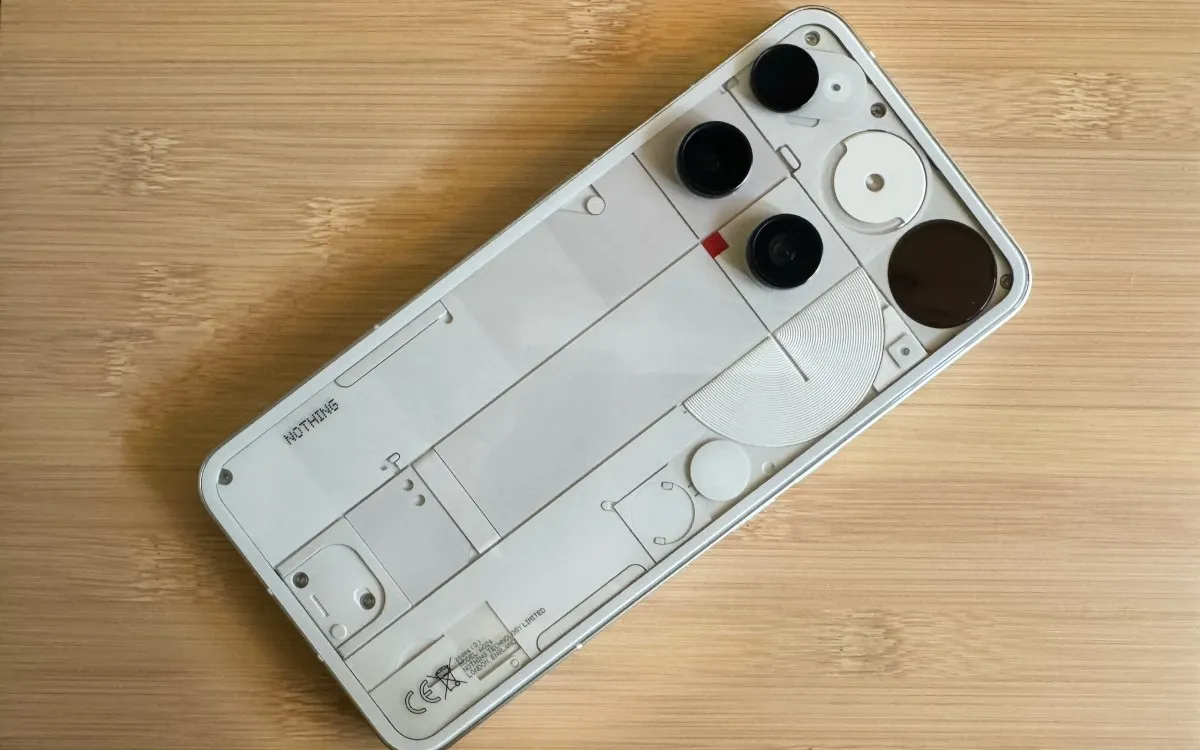
Carl Pei has revolutionized the electronics market by transforming OnePlus from a niche brand known for affordable phones into a formidable competitor to tech giants like Samsung and Apple. Now, he is applying a similar strategy with his latest venture, Nothing, a hardware startup that has made waves in the tech world. Recently, Nothing launched its most ambitious product yet, the Nothing Phone (3), priced at $799, aiming to rival flagship devices from established brands.
While OnePlus initially focused on delivering value-for-money specifications, Nothing has carved out its niche by prioritizing design and software as key differentiators. The company is known for creating visually striking devices with a transparent design that captures attention. As noted by former TechCrunch colleague Brian Heater, the Nothing Phone (1) was lauded for its unique appeal, while the Phone (2) offered a solid mid-range experience. However, the Phone (3) has sparked mixed reactions due to its asymmetrical design, particularly the oddly arranged camera module on the back. While some users appreciate the unconventional look, others find it off-putting. The device also omits the popular glyph LED arrangement from previous models, which had allowed for customizable notifications.
The Nothing Phone (3) introduces the Glyph Matrix, a circular secondary screen located in the top right corner of the device. This feature is designed to provide quick access to information such as time and battery level with a simple press of a button. Moreover, it includes mini-apps like "spin the bottle" and a stopwatch—although these features serve more as entertaining gimmicks than practical tools. While the concept of a second screen is not new, it doesn’t significantly enhance usability since users still need to unlock their phones to read full messages.
Equipped with a Snapdragon 8s Gen 4 processor built on a 4-nanometer architecture, the Nothing Phone (3) offers competitive performance, though it falls slightly behind the Snapdragon 8 Elite found in devices like the Galaxy S25 and OnePlus 13. The phone features a vibrant 6.67-inch AMOLED screen with a 1.5K resolution, protected by Gorilla Glass 7i. However, it’s worth noting that while the display supports HDR for YouTube content, Netflix has yet to whitelist the device for HDR streaming.
Photography enthusiasts will appreciate the Phone (3)'s triple-camera setup, featuring three 50-megapixel cameras tailored for various photographic needs. The main camera boasts a larger sensor than its predecessor, the Phone (2), paired with a periscope telephoto lens offering 3x optical zoom and a wide-angle lens with a 114-degree field of view. While Nothing claims this phone is its flagship, it struggles to match the camera quality of established competitors like the iPhone and Samsung Galaxy series, particularly in terms of color accuracy and low-light performance.
The Nothing Phone (3) is equipped with a robust 5150mAh battery, which is sufficient for a day of moderate to heavy usage. It supports 65W wired charging and 15W wireless charging, ensuring that users can quickly power up their devices as needed.
One of the standout features of the Nothing Phone (3) is the customizable Essential Key, which opens up the Essential Space app for saving screenshots with notes. Additionally, users can utilize the new Essential Search function powered by AI to perform web searches and manage files. This feature enables users to ask questions like “Who won Wimbledon in 2024?” and receive instant answers, similar to Apple's integration of AI in Siri. Furthermore, the phone includes a meeting note transcriber, although access to recorded notes outside the device remains limited.
The Nothing Phone (3) is available for purchase through the company's official website and Amazon in the U.S., with a retail price of $799, placing it squarely in competition with flagship models from Samsung, Google, and Apple. However, in India, its primary market, the phone starts at ₹79,999, which has drawn criticism from customers due to its pricing relative to competitors. Initial social media reactions suggest that potential buyers perceive the price as steep, which could hinder sales.
While Nothing is positioning itself as an alternative to major players like Samsung and Apple, the Phone (3) presents as a compelling yet affordable option for those seeking something different in the smartphone market. As the company continues to innovate, it will be interesting to see how it evolves in a highly competitive landscape.